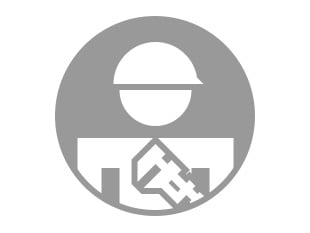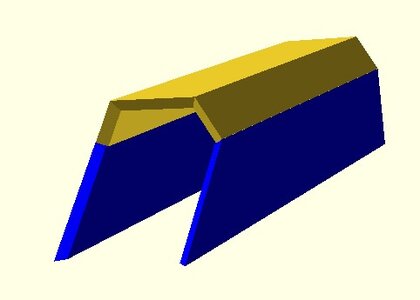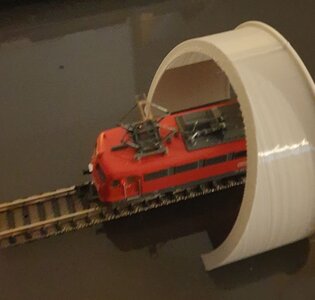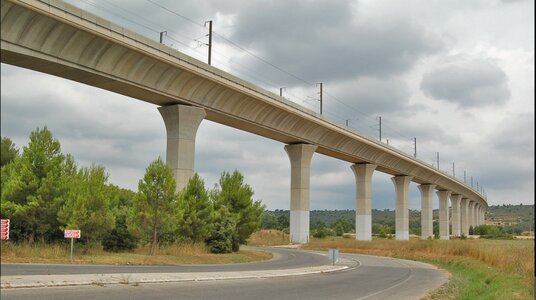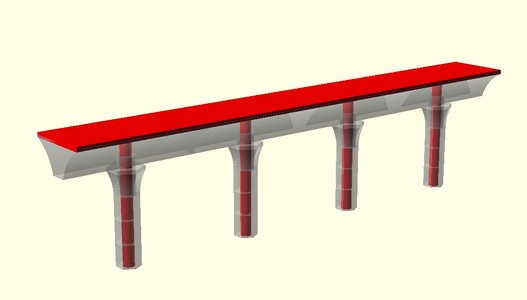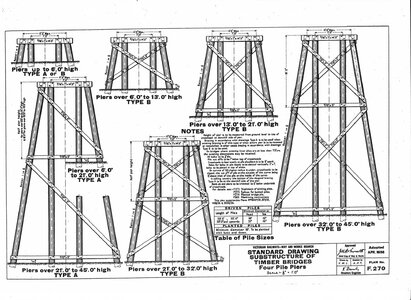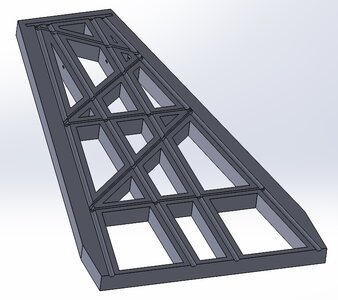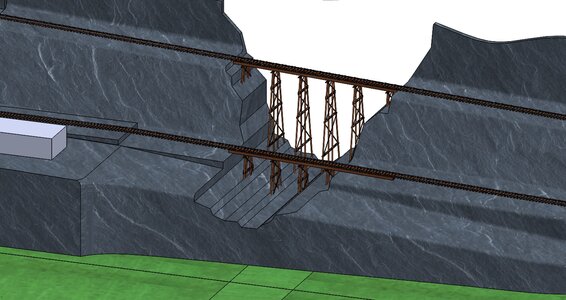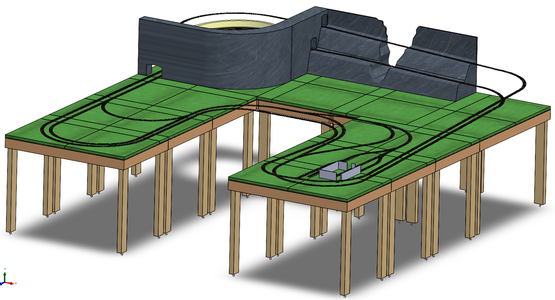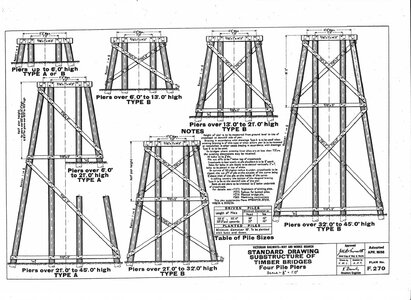Being an Alaskan and having ridden on the WP&YR back in the day, it is sort of a natural for me to be interested in. Unlike say the D&RGW etc it's not well documented but i did find a useful roster of locos and rolling stock. Some items were repurposed form EBT, D&RGW etc so one can pattern after those rolling stock items. So far I have printed cars researched from those items but the line also ran a number of the ubiquitous EBT steel hopper cars so that is another to recreate. Boxcars are generally printed in one piece for the top and one for the bottom though I have found it more effective to add ladders, brake wheels, truss rods and turnbuckles and such separately. I have used the traditional monofilament for truss rods, though I might go to the ship modelers standby of stretched sprue. Small items such as turnbuckles, stirrups, hand wheels etc print very well. The Cabooses also print like the boxcars, complete with end rails and grab irons. I did modify a work car from a boxcar, somewhat freelanced at the moment though similar to some of the D&RGW examples. For the brake shafts I use thin piano wire and fit the printed hand wheels on top.
For any car builder weight is an issue, this especially true with narrow gauge because of the diminutive size. For boxcars not a problem as I can recover practice rounds from the bank at my shooting range. Even new bulk lead bullets are much cheaper than fishing weights. For Gondolas and flatcars weighting the cars seems problematic without a load. The boxcars have a some heft from thicker walls, but the prototypical thin stake sides of the gondolas make them feathery light. My gondolas are a copy I made of a kit purchased may years ago, I have no idea whom. Maybe I can use some fine shot between the bottom ribs? Not enough I am guessing. For flatcars some plausible loads are possible. I am leaning toward modeling the road during WWII when much interesting equipment was added. I have for a ship project created a large number of printable military vehicles from Armor to jeeps and DUKW's, artillery pieces etc. The armor pieces are really the only easy ones to weight. Sort of the boxcars of vehicles.
Cheers: Tom
